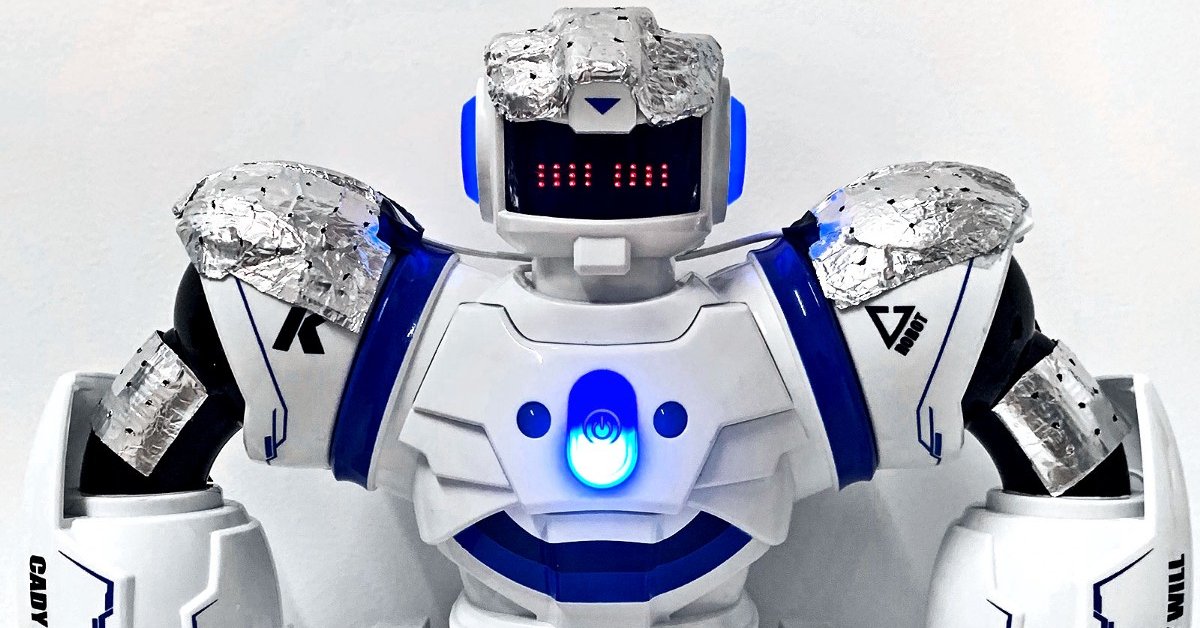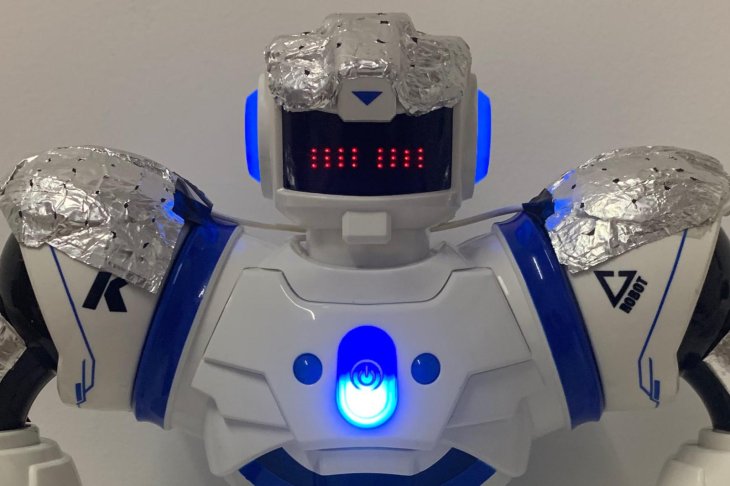This Robot Has Fat To Store Energy, Just Like Humans Do
Aadhya Khatri - Sep 07, 2020

A team of experts has taken clues from how humans store energy in the form of fat to create a robot that reserves its energy in the same way
- Cafe In Tokyo With Robot Waiters Controlled By Disabled Staff
- This $333,000 Robot Kitchen Can Cook 5,000 Recipes From Scratch
- Experts Build A Robot Hand That Smells Like A Woman For Lonely Men To Hold
A team of experts from the University of Michigan has taken clues from how humans store energy in the form of fat to create a robot that reserves its energy in the same way.
The ultimate goal of this project is to prolong the battery life of a robot by using "fat reserves" spread across its body, a method used by living beings. Another benefit of this way to store energy is that the battery can store far more energy than its traditional lithium-ion counterpart.

According to Nicholas Kotov, lead researcher of the project and engineering professor at the University of Michigan, robot designs are often restricted by the battery, which occupies at least 20% of the robot’s internal space. The power cell also contributes greatly to the overall weight of the machine.
The team said the new zinc battery could also boost the energy density.
As stated by Mingqiang Wang, first author of the paper about the project, the team estimated that if the robot’s exteriors were replaced by these fat reserves, it can hold up 72 times more power than having one single lithium-ion battery.

These fat reserves can be mounted on multiple places on the robot and serve different purposes.
Much like fat tissues in living beings’ bodies, they can double as a layer of protection for the robot’s internal parts.
Using a membrane coated with aramid nanofiber, hydroxide ions are passed between the air and a zinc electrode. These materials are more environmentally than those used in lithium-ion batteries and they are commonly found in water-based polymer gels and Kevlar vests.
However, this technology isn’t without drawbacks. This fat-reserve inspiring power-storing method can only work its best for around 100 charge cycles, falling short of its lithium-ion counterpart.
On the plus side, the experts behind this invention said replacing them was cheap and they can be recycled.
>>> Indian Experts Create A Tree-Climbing Robot To Harvest Coconuts
Featured Stories

Features - Jul 01, 2025
What Are The Fastest Passenger Vehicles Ever Created?

Features - Jun 25, 2025
Japan Hydrogen Breakthrough: Scientists Crack the Clean Energy Code with...

ICT News - Jun 25, 2025
AI Intimidation Tactics: CEOs Turn Flawed Technology Into Employee Fear Machine

Review - Jun 25, 2025
Windows 11 Problems: Is Microsoft's "Best" OS Actually Getting Worse?

Features - Jun 22, 2025
Telegram Founder Pavel Durov Plans to Split $14 Billion Fortune Among 106 Children

ICT News - Jun 22, 2025
Neuralink Telepathy Chip Enables Quadriplegic Rob Greiner to Control Games with...

Features - Jun 21, 2025
This Over $100 Bottle Has Nothing But Fresh Air Inside

Features - Jun 18, 2025
Best Mobile VPN Apps for Gaming 2025: Complete Guide

Features - Jun 18, 2025
A Math Formula Tells Us How Long Everything Will Live

Features - Jun 16, 2025
Comments
Sort by Newest | Popular